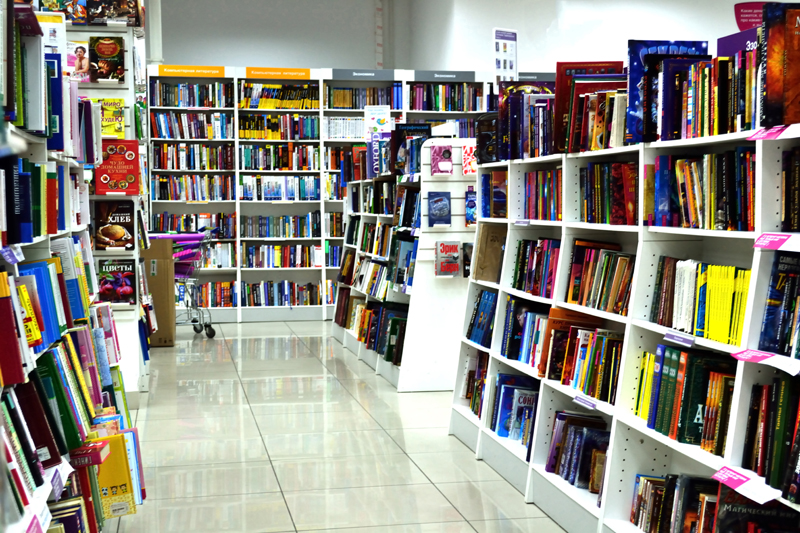E-Books and the Internet

I love the Internet. I love the World Wide Web. I enjoy surfing and searching. I also worry about the impact that they will have on my profession.
This anxiety is only compounded with the purported uses for the Information Superhighway in libraries and education. Several years ago, then Vice President, Al Gore touted the Superhighway as a means for the US economy to be competitive. "I think it will enable this country to leapfrog the Japanese," proclaimed Gore. Of course things were not so simple. At the time no one foresaw the recession of the Asian economy. No one saw the rapid rise and fall of dot-com companies in the United States. The Superhighway was seen as a means of keeping the competitive edge sharp in the techno-economic world. It was seen as the cure for our educational woes.
Should that cause anxiety? Yes. Our service economy seems to have an insatiable appetite for communications capacity. The appreciation for the art form can be lost with the mass consumption of information.
The technology now exists to download full text of complete books, including The Bible and The Koran and other works in the public domain. Book Rags offers a collection of copyright-free books. E-book versions for personal computers or hand held devices can be downloaded. Project Gutenberg provides free electronic texts in ASCII format. This means that they can be easily accessed or downloaded from almost any computer. Aside from the complete works of William Shakespeare many children’s books are offered. Access to books via computer is facile. Won’t that promote reading and the love of literature? Perhaps, but other factors must be considered.
It’s easy to replace the image of the student carrying 40 pounds of books in a backpack with one of a student carrying a hand held device that includes all textbooks, plus reference works. This is an exciting idea. To be able to read a social studies chapter about the Renaissance and then access a slide show of Leonardo da Vinci’s works would be fabulous. What could be wrong with that?
Convenient accessibility is costly. Companies have spent large sums on development. It is easy to assume that these companies will charge large amounts to use this technology. At Amazon.com the cost of current fiction and nonfiction titles is generally between $3.00 to $15.00. The e-book readers themselves range in price between $200 to $400, for a model that has a quality resolution.
As books are more and more transferred to other types of media what does someone with little financial resources do? Approximately 60-70% of public libraries have access to the World Wide Web available to their patrons. The Strategis Group, a Washington, D.C-based market research and consulting firm surveyed the number of Internet households. The number increased from 14.9 million in 1995 to 46.5 million in 2000. The Strategis Group expects more than 90 million households to be on the Internet in four years. Internet penetration of businesses reached 6.3 million in 1999 and will rise to 8.3 million by 2004. The Strategis Group foresees a combined total of 171 million Internet users in 2004. Despite these numbers it is imperative that all types of books must be retained. Written books should not be replaced.
Next week we will examine why we need to proceed with caution.
Have you read the other articles in this series?
You Should Also Read:
Professional Development
Education Lite - The Impact of the Internet on Education
When is a Book Not a Book?

Related Articles
Editor's Picks Articles
Top Ten Articles
Previous Features
Site Map
Content copyright © 2023 by Paula Laurita. All rights reserved.
This content was written by Paula Laurita. If you wish to use this content in any manner, you need written permission. Contact Christine Sharbrough for details.



